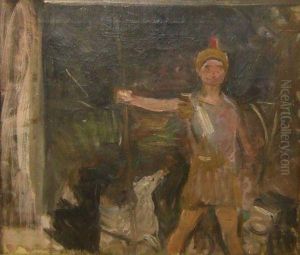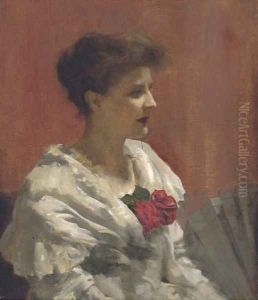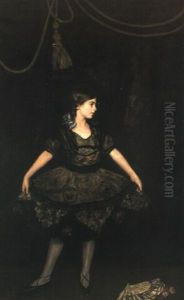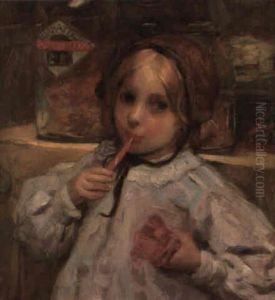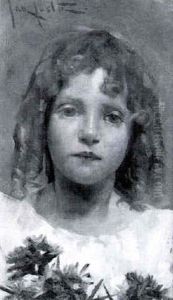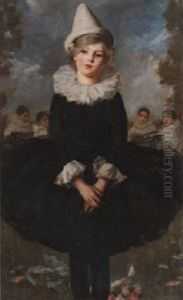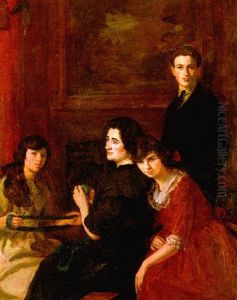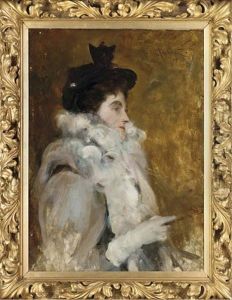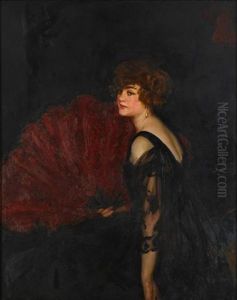John da Costa Paintings
John da Costa was a notable English portrait painter. Born in London in 1878, his artistic talents were evident from a young age. Da Costa studied at the Slade School of Fine Art, which was well-regarded for its rigorous classical training and emphasis on drawing from life. His education there would have a lasting impact on his style and technique.
Da Costa's career progressed as he became recognized for his portraits, which were characterized by a sensitive, yet realistic portrayal of his subjects. He painted numerous distinguished figures of his time, including members of the aristocracy and prominent professionals. In addition to portraiture, da Costa also explored religious and historical themes, although these works were less prominent in his oeuvre.
Despite his success as a portrait artist, John da Costa did not achieve the same level of fame as some of his contemporaries. Nonetheless, his work was appreciated for its craftsmanship and attention to detail. Da Costa exhibited at the Royal Academy and other institutions, which helped to establish his reputation among his peers and art patrons.
John da Costa's approach to painting was somewhat traditional, and he did not venture into the more avant-garde movements that were emerging in the early 20th century. His style remained consistent throughout his career, focused on realism and the classical representation of form.
He passed away in 1931, leaving behind a body of work that continues to be studied for its contribution to British portraiture. Da Costa's legacy is that of a skilled portraitist who captured the visages and moods of his subjects with clarity and empathy.


